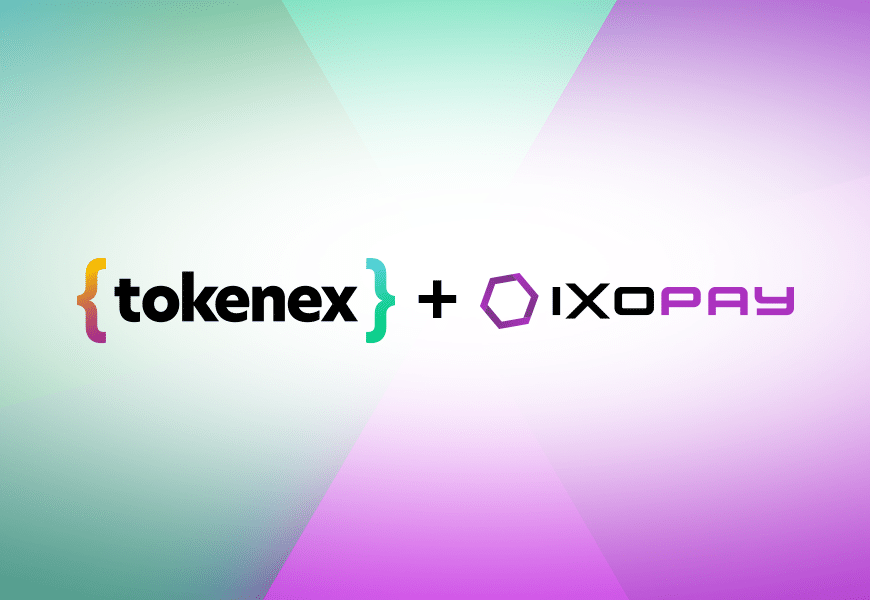Network tokenization services, like the ones TokenEx provides, can replace primary account numbers (PANs) with tokens issued by card networks like Visa, Mastercard, and AMEX. These tokens secure sensitive cardholder data, reducing the risk of fraud. If you want to take advantage of network tokens, you’ll need a TRID (Token Requestor ID).
TRID Definition
A TRID, or a Token Requestor ID, is an identifier used by merchants to request network tokens from the card networks. You must have a Token Requestor ID before obtaining network tokens for a credit card primary account number (PAN). Obtaining a TRID is a crucial step towards enabling secure card on file (COF) payments and reducing fraud.
Token Requestor IDs are 11-digit merchant-specific numbers. Because TRIDs are issued independently of each other you’ll need a TRID for each network (Visa, Mastercard, etc.) you want to integrate with. These numbers can be distinguished from each other by their first 2-4 numbers. For example, a Visa TRID will start with a 4, an American Express TRID will start with a 3, a Discover TRID will start with a 6, and a Mastercard TRID will start with a 5.
Do I need to manage Token Requestor IDs myself?
If you’re in need of Token Requestor IDs for network tokenization you may not need to obtain them yourself. Your business can also enable a third-party token service provider (TSP) to perform these activities for you, “On-Behalf-Of Token Requestor” (OBOTR). TokenEx, for example, would be a TSP that your company could enable as an OBOTR to implement network tokenization.
There are two primary benefits of working with a third-party provider for network tokens. The first is that it will save you the time and effort of managing network token requests internally. The second is that it can also reduce your PCI scope by relieving you of the risk associated with handling raw cardholder data.
If you enable an OBOTR, they can onboard and obtain a TRID for your company. This may take some cooperation, such as supplying the OBOTR with some basic information. This information may include relevant details such as the regions in which transactions will be initiated, your company’s merchant category code, and the number of cards on file. Once information is provided to your OBOTR, it may take up to 8 weeks for the TRID to be issued.
If you already have a TRID, TokenEx can use the existing TRID to request network tokens on your behalf as well. You’ll need a Token Requestor ID for each card network you want to integrate with TokenEx payment tokens. TokenEx uses TRIDs to request network tokens on behalf of their clients and enable Network Tokenization.
Why are TRIDs important?
TRIDs are necessary for network tokenization. Network tokenization enables secure remote payments by reducing the risks of handling primary account numbers throughout the credit card life cycle.
With network tokenization, sensitive cardholder data will no longer need to enter your payments stream. Not only does this reduce risks associated with card payments, like fraud and theft, but it also can improve authorization rates. Network tokens increase payment acceptance rates by reducing payment risk. Better authorization rates can in turn increase revenue and even improve customer experience.
Obtaining a TRID can take time, but it’s worth the effort to secure network tokens. Need help obtaining a TRID? Interested in network tokenization? TokenEx’s flexible tokenization tools can help you find the perfect security solution for your data’s use case.
Contact us today to learn how tokenization can fit your payment security needs!















